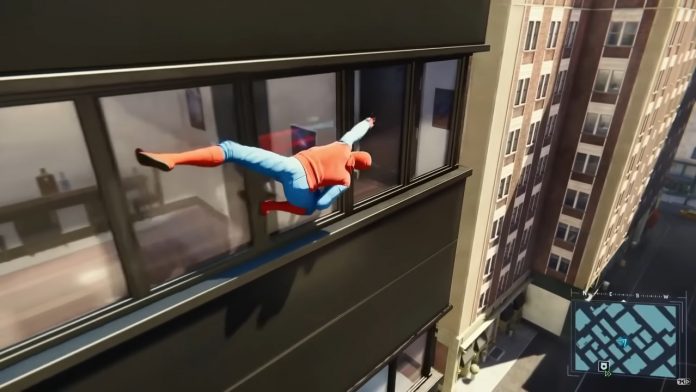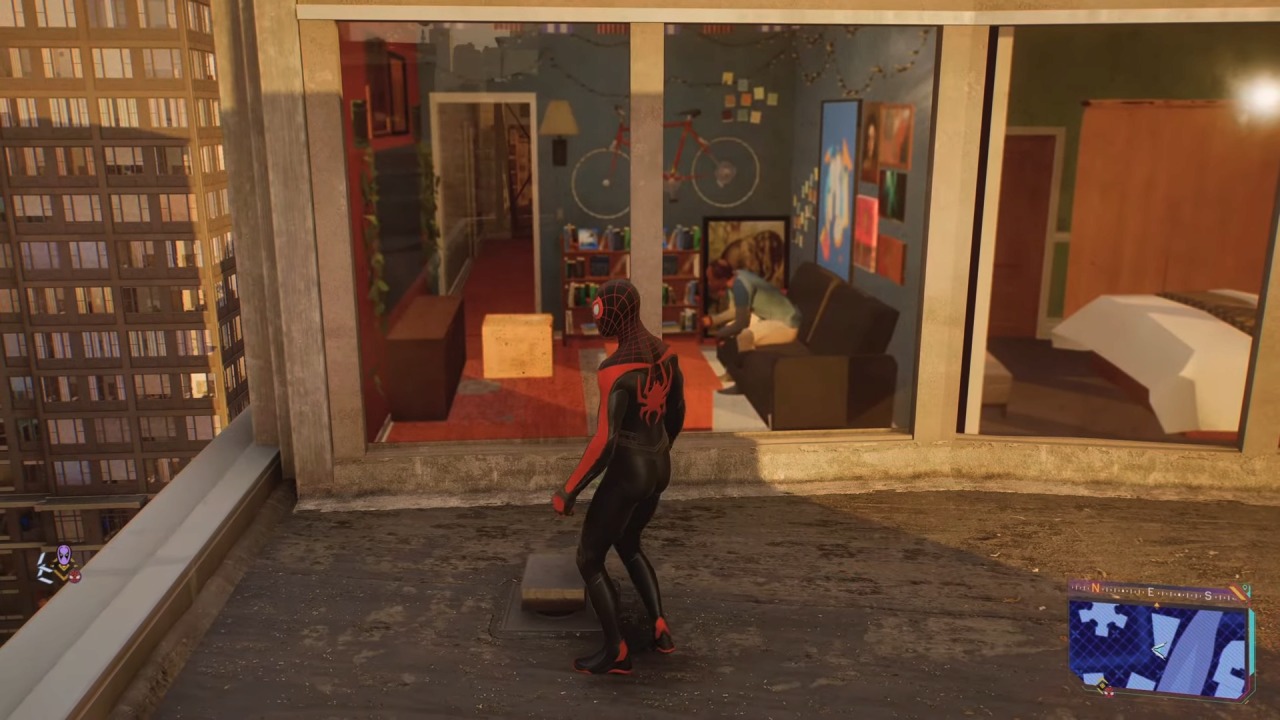Are there really rooms behind every window in Marvel’s Spider-Man? This is how developers create the illusion

It’s the little details in game environments that make the world engaging and realistic, such as building reflections in a puddle or imperfections in a road’s surface. In recent open world games like Marvel’s Spider-Man, it is possible to see into detailed rooms beyond the game’s many windows. The contents of these rooms must be 3D, right? Well actually, they merely appear to be 3D, thanks to a clever technique that seems to be increasingly used by game developers to create such vibrant interiors.
This method is called “interior mapping” or “fake interior.” Interior mapping is mostly used for the windows of in-game buildings. especially in open world games that can feature hundreds of buildings and thousands of windows.
In the past, developers had several options for what to do with windows. As creating 3D interiors for each window would place a huge burden on rendering, developers have often come up with time-saving deceptions. Conventional strategies include pasting 2D images of interiors or closed curtains on the windows, or simply having all windows blacked out. However, this can reduce the level of realism as it looks unnatural.

Enter “Interior mapping,” a technique that is increasingly used to make window interiors in modern games look dynamic and appealing. In this method too, the window’s interior is a 2D image. However, based on calculations, the 2D image is deformed to an appropriate degree in accordance with the angle of the viewpoint. This causes the pasted 2D imagery to look as if it is a 3D space beyond the window. Interior mapping is far less time-intensive than rendering all the interiors in 3D. It is an economical way for developers to create realistic-looking interiors for a multitude of windows. The videos below explain how interior mapping works.
Interior mapping started to be used in games around 10 years ago. For example, 2013 city builder SimCity used it create window interiors for its variety of buildings. Other older games that are said to employ interior mapping-like techniques include Assassins Creed 3, Saints Row: The Third and Bioshock Infinite.
Interior mapping became more widely known to players with the 2018 release of Marvel’s Spider-Man. Seeing as Spiderman spends a lot of in-game time crawling around on buildings in New York, the vibrant interiors that can be seen beyond the innumerable windows really stand out.
In addition, the Japanese developer Galupeno recently commented about the use of interior mapping for windows in Ghostwire: Tokyo and Cyberpunk 2077, raising the Japanese gaming community’s awareness of the technique.
However, there are downsides to interior mapping. For example, it can be difficult to make the small details in the 2D textures look truly 3D. Seen up close, the effect can look weird, so developers often hide these flaws by making the window glass look dirty or frosted.
It can also look unnatural if interior mapping is used to render a corner room that has two windows. In Ghostwire: Tokyo and Marvel’s Spider-Man, the interior of a room looks exactly the same regardless of whether it is viewed from the front window or the side window. It seems that compromises have to be made due to the time it would take to correct these unnatural aspects.
In game development, there are also other ways to create the illusion that something is 3D. Parallax mapping is a technique that allows the unevenness of a 2D texture to be expressed more three-dimensionally depending on the viewpoint angle. This can be used to give an illusion of depth and make surfaces (e.g. a brick wall texture) look more realistic. Such techniques give developers with limited resources an easier way to create a natural-looking world, without having to construct everything in 3D.
Written by. Verity Townsend based on the original Japanese article (original article’s publication date: 2023-11-28 18:28 JST)




